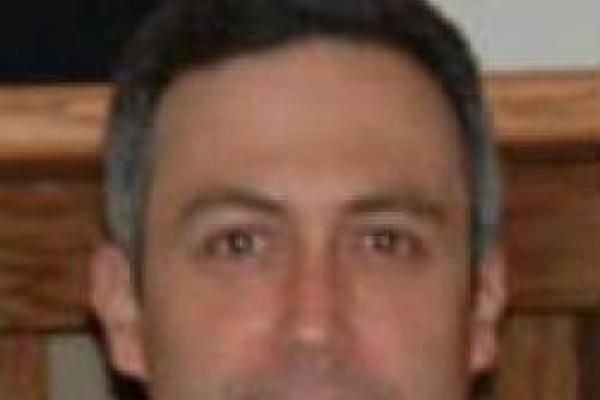
The commissioning of the National Ignition Facility and of the Linac Coherent Light Source, together with steady increases in the performance and flexibility of laboratory-scale laser systems, have opened new routes for the preparation of extreme states of matter. While the entire achievable phase space of temperature, density, and magnetic field is rich with scientific opportunity, I will focus on the transition from ‘traditional’ condensed matter to dense plasma and ‘warm dense matter’ (WDM) states. First, I will survey the physical phenomena already observed, already predicted, or that can be reasonably expected at temperatures up to a few tens of eV for solid-like and higher densities. This includes electride behavior, where an inversion of bonding and antibonding states occurs, and the warm-dense chemistry of planetary cores. Second, I will discuss a bootstrapping conundrum that is lingering uncomfortably near to the experimental foundations of this field. Specifically, The most reliable determination of thermodynamic state variables requires considerable understanding of the electronic structure of these systems, yet the purpose of these experiments is, to large extent, to perform the first detailed investigations of the poorly-understood electronic structure of these transitional regimes.
